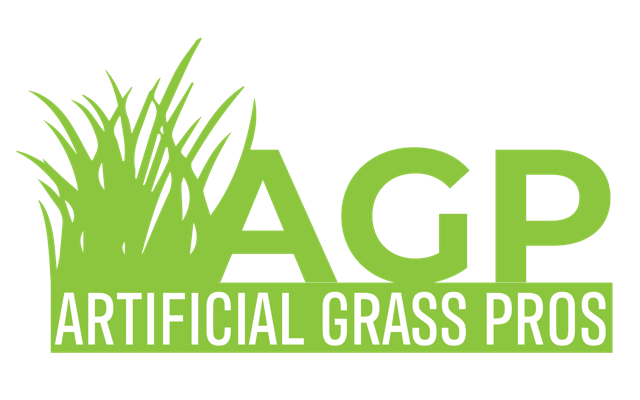Having a green in your backyard can be very beneficial. With a well maintained backyard putting
green, you could work on your golf game any time you prefer. Unlike natural grass, artificial turf
makes this an easy maintenance-free job. You don’t have to worry about growing and maintaining
natural grass. Rather, spend your free time playing golf instead. However, having a green in your
backyard doesn’t only benefit golfers, it can also benefit kids and adults who find it relaxing to sit
down on the ground and work on their game.
A putting green is usually constructed in a simple way. There are two holes that are dug into the
ground. The holes are surrounded by a soft dirt, sand or grass so they won’t be too hard on the tires
of a player. Before putting the first stone, players place a teed-up golf ball on one of the holes and
line up their second shot from that spot. Putting greens are usually triangular with the third hole
being placed one tile away from the other two.
After each hole is dug, the putting line should be laid out where it will be when a player strikes the
ball into the hole. This means the slope of the ground should be taken into consideration when
planning the putting greens. Once the putting green is laid out, a small rubber mat is put beneath the
ground to level the surface. Before putting the first stone, the ball must be setup so it is
perpendicular to the putting line. This will ensure the best possible shot.
One helpful tip is to stand at the putting green to determine if it is level or not. Take a measurement
from the golf hole and the edge of the grass using a yard stick. If it is off a few inches, your putting
green may need to be adjusted. You should also consider how many clubheads are on the putter. If
you have too many clubheads, your ball could curve into the grass causing an unnatural flight. If you
have the proper amount of clubheads the ball will curve only in the direction you ask for.
For the next step, you will need a golf hole punch bowl. A punchbowl is a cylindrical object with three
to nine holes in it. When using a punchbowl, make sure you lay the ball on a flat surface such as the
inside of a punch bowl or a flat plain grass surface. Lay the punchbowl under the lowest row of grass
on the putting surface, and in front of the lowest leaf on the flagpole.
Once you have located the correct distance and the proper slope to your putting greens, remove all
debris from the area and apply a coat of primer. Once you have primed and prepared your greens,
cover the entire area with a good quality top coat of high quality clubhead paint. This will help keep
the grass well protected and allow you to test your new greens before you put them in the field. The
final step is to add a layer of Bermuda grass to the green. Remember to allow at least one year for
the grass to grow. That’s it! To learn more on synthetic turf look into our other blogs!
(561) 418-6975
info@turfgrasswestpalmbeach.com

Recent Comments